
How to Use d1 mini ESP8266 clone: Examples, Pinouts, and Specs
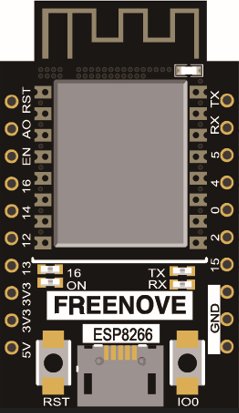
 Design with d1 mini ESP8266 clone in Cirkit Designer
Design with d1 mini ESP8266 clone in Cirkit DesignerIntroduction
The D1 Mini ESP8266 Clone, manufactured by Freenove (Part ID: ESP-12s esp8266mod), is a compact Wi-Fi development board designed for Internet of Things (IoT) applications. Based on the powerful ESP8266 chip, this board offers a small form factor, built-in USB interface for easy programming, and multiple GPIO pins for connecting sensors, actuators, and other peripherals. Its versatility and affordability make it a popular choice for hobbyists, students, and professionals working on IoT projects.
Explore Projects Built with d1 mini ESP8266 clone
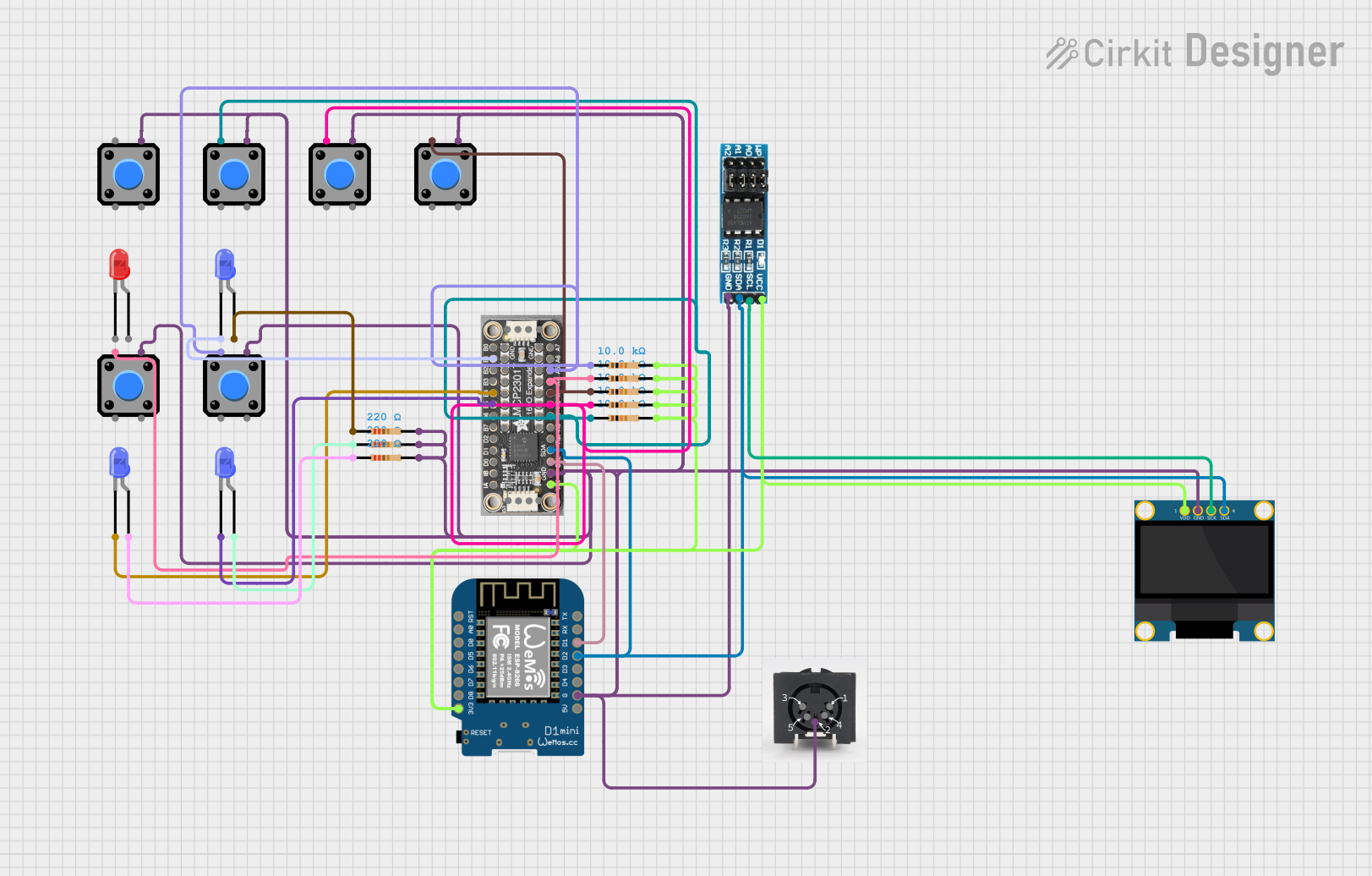
 Open Project in Cirkit Designer
Open Project in Cirkit Designer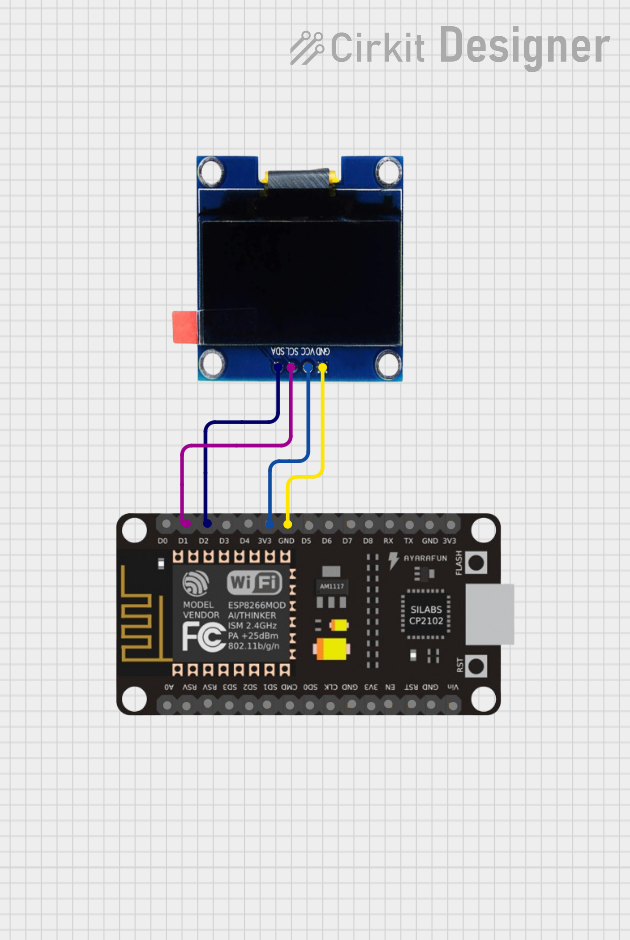
 Open Project in Cirkit Designer
Open Project in Cirkit Designer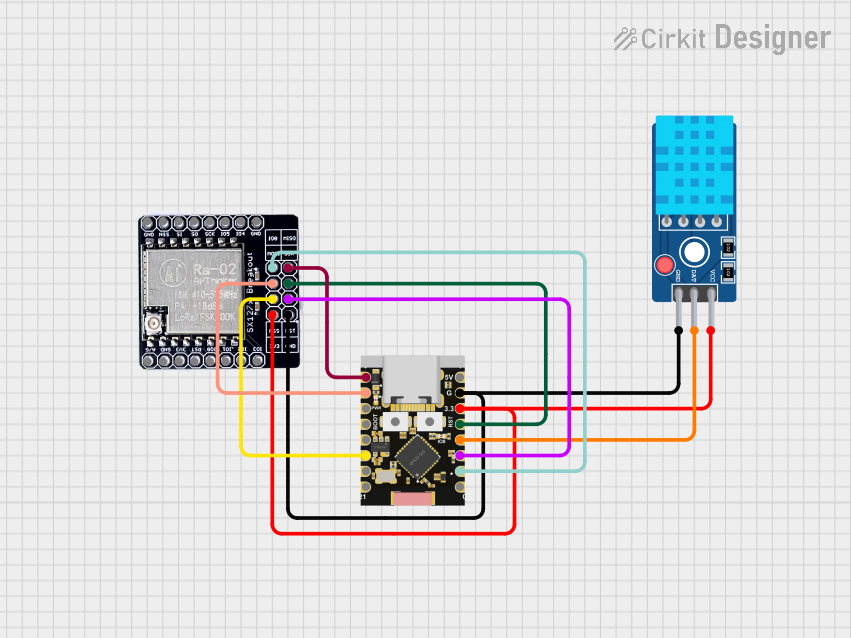
 Open Project in Cirkit Designer
Open Project in Cirkit Designer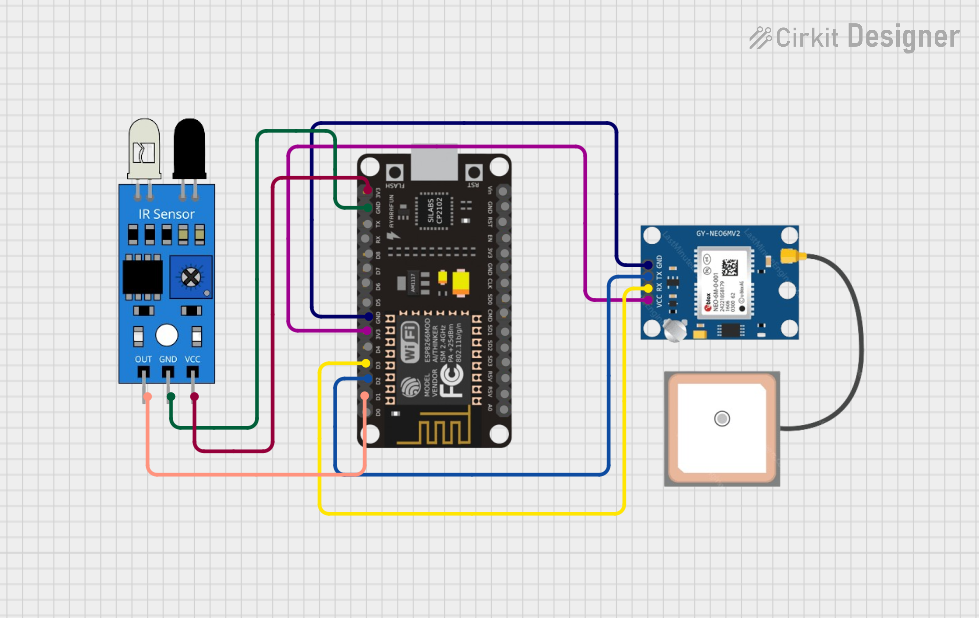
 Open Project in Cirkit Designer
Open Project in Cirkit DesignerExplore Projects Built with d1 mini ESP8266 clone

 Open Project in Cirkit Designer
Open Project in Cirkit Designer
 Open Project in Cirkit Designer
Open Project in Cirkit Designer
 Open Project in Cirkit Designer
Open Project in Cirkit Designer
 Open Project in Cirkit Designer
Open Project in Cirkit DesignerCommon Applications and Use Cases
- Home automation systems
- Wireless sensor networks
- Smart appliances
- Remote data logging
- IoT prototyping and development
- Educational projects
Technical Specifications
The D1 Mini ESP8266 Clone is equipped with the ESP-12s module, which integrates the ESP8266 Wi-Fi chip. Below are the key technical details:
Key Technical Details
| Parameter | Specification |
|---|---|
| Microcontroller | ESP8266 (Tensilica L106 32-bit RISC) |
| Operating Voltage | 3.3V |
| Input Voltage (via USB) | 5V |
| Flash Memory | 4MB |
| Clock Speed | 80 MHz (default) / 160 MHz (optional) |
| Wi-Fi Standard | 802.11 b/g/n |
| GPIO Pins | 11 |
| ADC Resolution | 10-bit |
| USB Interface | Micro-USB |
| Dimensions | 34.2mm x 25.6mm |
Pin Configuration and Descriptions
The D1 Mini ESP8266 Clone has 16 pins, including power, ground, and GPIO pins. Below is the pinout description:
| Pin Name | Function | Description |
|---|---|---|
| 3V3 | Power Supply | Provides 3.3V output for external components. |
| G | Ground | Common ground for the circuit. |
| D0 | GPIO16 | General-purpose I/O pin. |
| D1 | GPIO5 / I2C SCL | I2C clock line or general-purpose I/O. |
| D2 | GPIO4 / I2C SDA | I2C data line or general-purpose I/O. |
| D3 | GPIO0 | General-purpose I/O, also used for boot mode. |
| D4 | GPIO2 | General-purpose I/O, onboard LED (active low). |
| D5 | GPIO14 / SPI CLK | SPI clock line or general-purpose I/O. |
| D6 | GPIO12 / SPI MISO | SPI MISO line or general-purpose I/O. |
| D7 | GPIO13 / SPI MOSI | SPI MOSI line or general-purpose I/O. |
| D8 | GPIO15 / SPI CS | SPI chip select or general-purpose I/O. |
| RX | UART RX | Serial receive pin. |
| TX | UART TX | Serial transmit pin. |
| A0 | ADC | Analog input (0-1V). |
| RST | Reset | Resets the microcontroller. |
Usage Instructions
How to Use the D1 Mini ESP8266 Clone in a Circuit
Powering the Board:
- Connect the board to your computer or a USB power source using a Micro-USB cable.
- Ensure the input voltage is 5V via USB or 3.3V via the 3V3 pin.
Programming the Board:
- Install the Arduino IDE and add the ESP8266 board package via the Boards Manager.
- Select "LOLIN(WEMOS) D1 R2 & mini" as the board type in the Arduino IDE.
- Connect the board to your computer and select the appropriate COM port.
- Write or upload your code to the board.
Connecting Peripherals:
- Use the GPIO pins to connect sensors, actuators, or other devices.
- For analog sensors, connect them to the A0 pin (ensure the input voltage does not exceed 1V).
- Use pull-up or pull-down resistors as needed for digital inputs.
Wi-Fi Configuration:
- Use the ESP8266WiFi library in the Arduino IDE to configure the board as a Wi-Fi client or access point.
- Provide your Wi-Fi credentials in the code to connect to a network.
Example Code for Arduino IDE
The following example demonstrates how to connect the D1 Mini ESP8266 Clone to a Wi-Fi network and blink the onboard LED:
#include <ESP8266WiFi.h> // Include the ESP8266 Wi-Fi library
// Replace with your network credentials
const char* ssid = "Your_SSID";
const char* password = "Your_PASSWORD";
void setup() {
pinMode(LED_BUILTIN, OUTPUT); // Set the onboard LED pin as output
Serial.begin(115200); // Initialize serial communication
// Connect to Wi-Fi
Serial.print("Connecting to Wi-Fi");
WiFi.begin(ssid, password);
while (WiFi.status() != WL_CONNECTED) {
delay(500);
Serial.print(".");
}
Serial.println("\nWi-Fi connected!");
}
void loop() {
digitalWrite(LED_BUILTIN, LOW); // Turn the LED on (active low)
delay(1000); // Wait for 1 second
digitalWrite(LED_BUILTIN, HIGH); // Turn the LED off
delay(1000); // Wait for 1 second
}
Important Considerations and Best Practices
- Voltage Levels: Ensure all connected peripherals operate at 3.3V logic levels to avoid damaging the board.
- Analog Input: The A0 pin accepts a maximum voltage of 1V. Use a voltage divider for higher input voltages.
- Wi-Fi Signal Strength: Place the board in an area with good Wi-Fi signal strength for reliable connectivity.
- Heat Management: Avoid prolonged operation at high clock speeds (160 MHz) to prevent overheating.
Troubleshooting and FAQs
Common Issues and Solutions
Board Not Detected by Computer:
- Ensure the USB cable is functional and supports data transfer.
- Install the necessary USB-to-serial drivers (e.g., CH340 or CP2102).
Wi-Fi Connection Fails:
- Double-check the SSID and password in your code.
- Ensure the Wi-Fi network is operational and within range.
Code Upload Fails:
- Verify the correct board and COM port are selected in the Arduino IDE.
- Press and hold the "Flash" button on the board while uploading the code.
Onboard LED Not Working:
- Ensure the correct pin (D4 or LED_BUILTIN) is used in the code.
- Check for any short circuits or damage to the board.
FAQs
Q: Can I power the board using a battery?
A: Yes, you can power the board using a 3.7V LiPo battery connected to the 3V3 pin or a 5V source connected to the USB port.
Q: How do I reset the board?
A: Press the "RST" button on the board to perform a hardware reset.
Q: Can I use the board with MicroPython?
A: Yes, the D1 Mini ESP8266 Clone supports MicroPython. Flash the MicroPython firmware to the board using tools like esptool.py.
Q: What is the maximum number of devices the board can handle in access point mode?
A: The ESP8266 can handle up to 4 devices in access point mode by default. This limit can be increased with custom firmware.